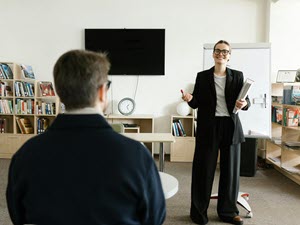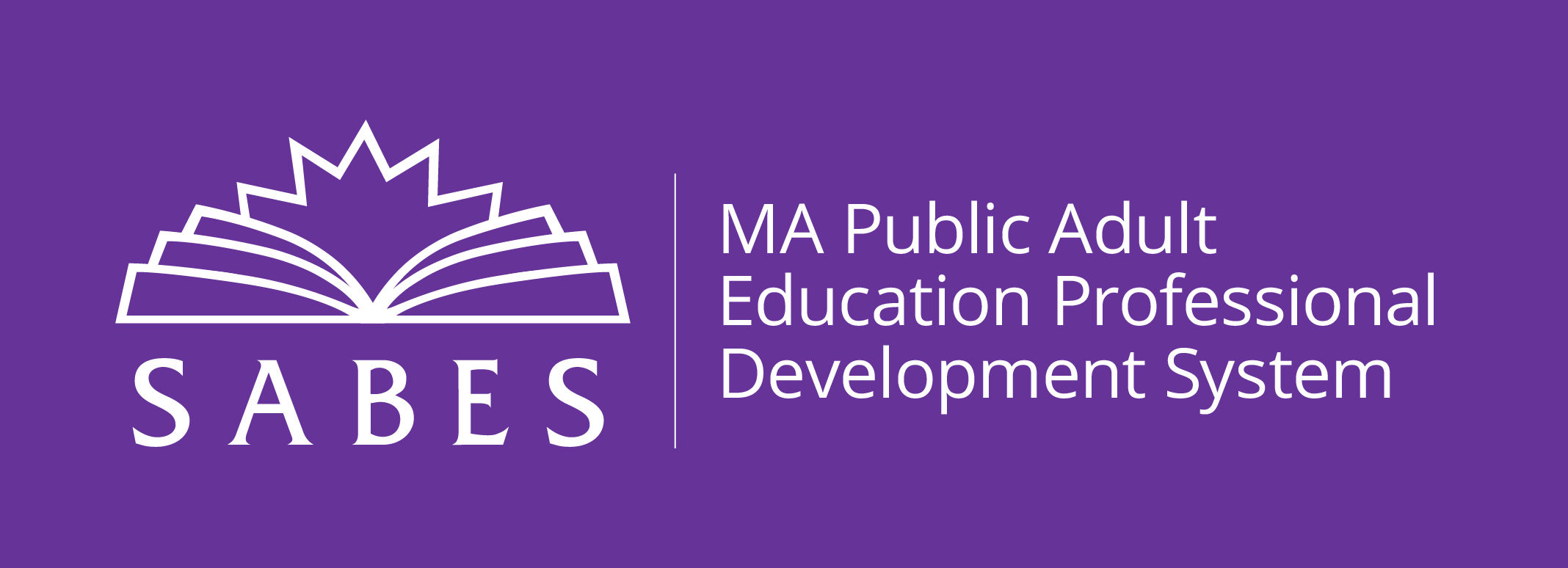
Partnering with students as leaders isn’t just about personal development, it’s also a powerful way to spark peer learning and make programs more inclusive and responsive. When students share their stories, help shape decisions, and even join staff teams, programs open the door to new ideas, stronger relationships, and deeper impact.
Models of Student Leadership
Student leadership can look different depending on your community, program, or classroom. Here are some examples of what it can look like in action:
-
Lifting Up Student Voice in the Curriculum
When teachers and programs incorporate student writings into the curriculum, they demonstrate that students’ experiences, identities, and voices are valuable and worth examining. You can start by having students write and share their stories. The Change Agent offers student writings organized by reading level, as well as lesson plans and materials that use the writings to build academic skills.
-
Including Students in Program Decisions
Student surveys, focus groups, student councils, and even hiring committees can all give students real ways to shape their learning environment. Programs with experience stress the importance of providing dedicated support for leadership teams, and being clear about how much decision-making power you and your students have. For help planning, see the SABES Student Leadership Program Development Worksheet.
-
Creating Opportunities for Students to Become Staff
More and more programs are hiring former students as staff. According to Michelle Rojas of Bunker Hill Community College: “Giving them space to lead, valuing their voices, and supporting them with mentorship creates a win-win. Students gain professional growth while programs become more responsive and impactful.”
Advice from Programs
We recently spoke with program staff who have hired former students. Here’s what they shared about what worked and what they learned:
-
Build on Students’ Strengths
Many program leaders said it’s important to know your students, recognize their strengths, and help them lead in ways that use those strengths. Michelle Rojas shared, “I give them opportunities to be hands-on, take the lead, and have a voice in the work we do. Because we operate with a culture of mutual respect, it creates an environment where their contributions are valued and the transition feels natural.”
-
Invest in Relationships and Consider Fit
Alisa Povenmire of Notre Dame Education Center shared that she first connected with Advisor Betty Kamali as a student. When she had an open advising position years later, she remembered “her skills and how much Betty invested in her classmates – those are the things that I wanted her to bring to the position.” Christine Cordio of Clinton shares “It’s important to evaluate them based on their skills and fit for the role, [in addition to] their past experience as a student.”
-
Set Clear Expectations and Offer Lots of Support
Jessicca Alfonsso of Bunker Hill said, “Clear expectations, constant support, and mentoring from my boss made and still make a huge difference. Having someone I could ask questions to without judgment and receive feedback from the beginning gave me the confidence I needed to grow in my role. It also helped me have access to resources and training that made me feel more prepared and confident in doing my job every day.”
Moving Forward
These lessons show what many programs have learned: student leadership helps individuals, programs, and communities grow. When students lead, they gain confidence and new skills—and programs become more inclusive and effective.
To learn more about how programs are supporting student leaders, check out the Student Leadership: Leveraging the Power of Student Voice series.
- Part 1 highlights the impact of student leadership through personal stories.
- Part 2 shares program models and experiences.
Thank you to the staff and programs who shared their insights:
Marianna Geraskina of El Centro Adult Education; Susan Despres of Methuen Adult Learning Center; Christine Cordio, Karina Benavides, and Ivette Curiel of Clinton Adult Learning Center; Michelle Rojas and Jessicca Alfonsso of Bunker Hill Community College; and Alisa Povenmire of Notre Dame Education Center.


